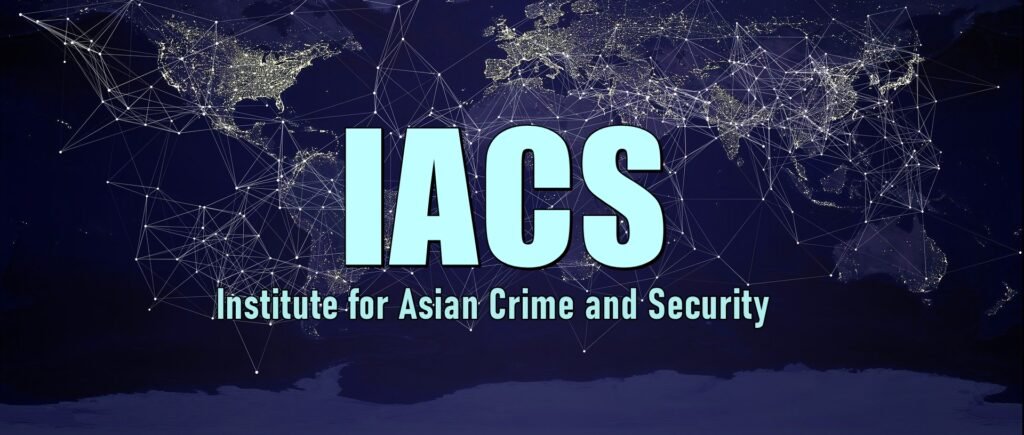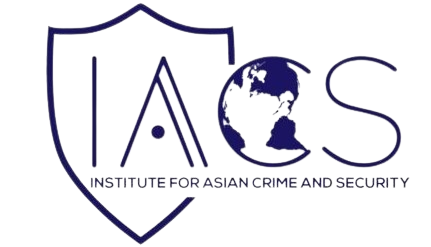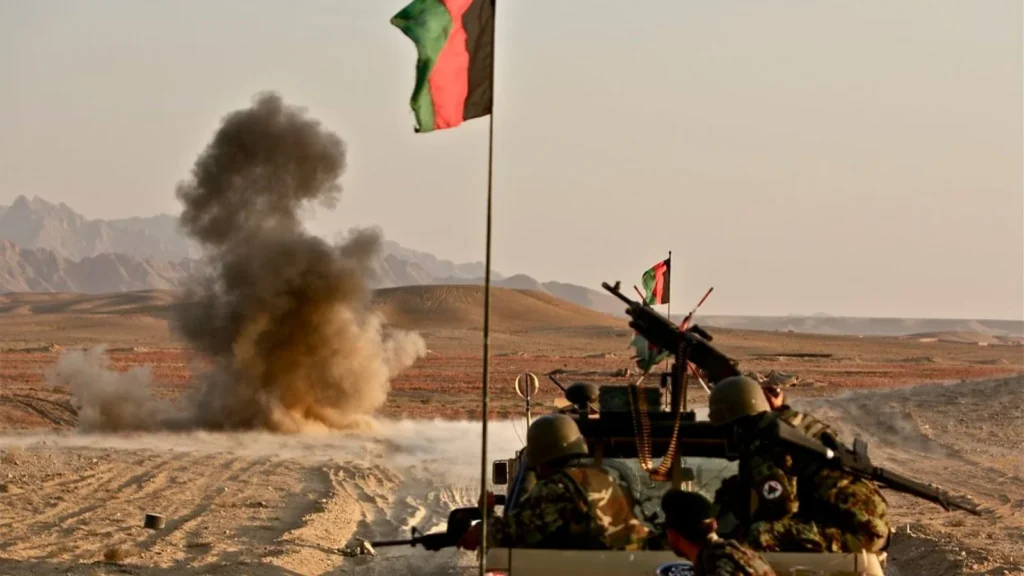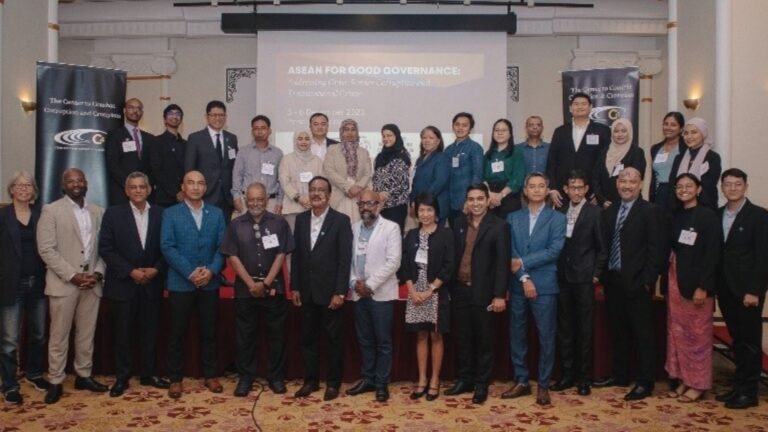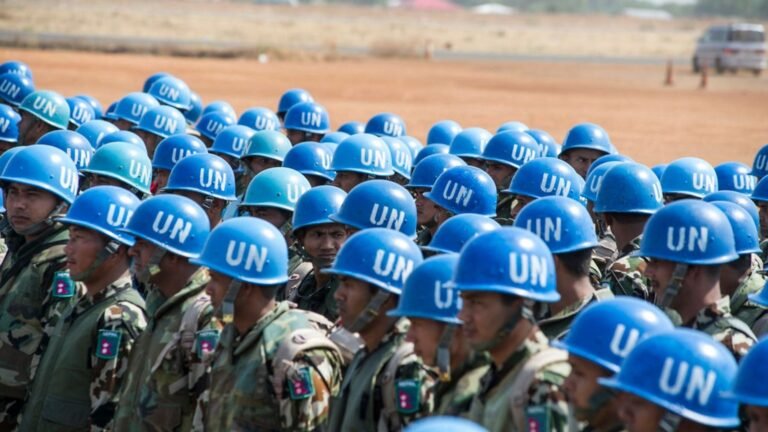In the wake of the United States’ withdrawal from Afghanistan, and the subsequent take-over of the nation by the Taliban in August 2021, the general sentiment shared by Western governments, prominent think tanks, and media agencies was a fear that Afghanistan would “once again become a safe haven for global jihadism” (Giustozzi, 2021). Six months on, Afghanistan’s political, economic, and societal conditions are eerily parallel to the state of the country prior to American military engagement and subsequent occupation.
Widespread famine, caused by the Taliban’s initial power grab, has resulted in a mass-migration toward Iran, with an estimated 4,000 people attempting informal border crossings every day (Goldbaum & Akbary, 2022). Unfortunately, the de facto government’s attention appears to be focused on ‘paving the way for a real Islamic system in the country, instead of building a functioning economy or attending to people’s needs’ (Haqqani, 2022). This is evidenced by: (i) the recent targeting of Balochi separatists by Taliban forces (Siddique, 2022), (ii) the implementation of increasingly radical laws curtailing fundamental rights and freedoms of women and girls (UNSC, 2022), and (iii) the Taliban’s continued pursuance of suicide bombing squads and child soldiers for tactical use (UNSC, 2022).
The above actions are all indicative of the reversion of Afghanistan to a political and humanitarian crisis that previously enabled extremist elements within the country to propagate and mobilise. However, in the last several months, the Taliban government has made a publicized and concerted effort to secure international recognition and legitimacy. They have done so via the use of the humanitarian crisis to form ‘plea deals’ with foreign entities for economic aid, and to appeal the long-standing terrorism-related sanctions imposed on its leaders and core members (Haqqani, 2022). The current state of Afghanistan, and the divergence in behaviour of the de facto government, is cause to question whether initial forecasts – that Afghanistan would revert to an extremist safe haven – have come to fruition.
This article explores what would constitute as a ‘safe haven for extremists,’ and takes a supplementary look into fundamental indicators which security analysts and scholars believe would illustrate Afghanistan’s reversion. The article ends with a discussion on whether the current state of Afghanistan currently exhibits those indicators, or has the propensity to in the near and longer term.
Safe Haven
When broken into its constituent components, the phrase ‘safe haven’ implies a place of refuge free from risk and danger. In the context of extremist sects and movements – who advocate or resort to measures beyond the norm – academics have defined a ‘safe haven’ as a space for non-state actors to safely function, plan, fundraise, galvanise, and mobilise forces for expansionist purposes (Djugumanov and Pankovski, 2013; Clark and Mansour, 2013; Igboin, 2021).
From a scholastic perspective, the safety-security nexus of a safe haven described in the above definitions is also evident in the arguments of academics and analysts who forecast the reversion of Afghanistan. However, the majority of proponents also share the notion that ‘Afghanistan being a safe haven for global jihadists does not expressly guarantee that Afghanistan will become a launchpad for attacks against the West’ (Coughlin, 2021; Giustozzi, 2021; Schoeberl, Mottola, & Clark, 2021; Pott, 2021).
Therefore, in order to remain consistent with the forecaster’s arguments, this article utilizes the following revised definition of a safe haven: a place of refuge where non-state actors may safely operate and collate, with the potential to galvanise and mobilise for expansionist purposes. The key difference between this definition and previous ones is the ‘potential’ for extremist groups to galvanize and mobilize, unlike previous definitions which required extremist groups to actively engage in violent acts against external actors. Through this definition, it is also possible to develop an image of what an extremist safe haven would look like in Afghanistan. That is the unimpeded operation and collation of one or multiple jihadist groups, wherein the socio-economic and political environment has the necessary elements needed for extremist groups to plan and launch attacks.
Having defined what may constitute a ‘safe haven for extremists,’ the next step will be to outline potential trigger points and factors which would indicate that Afghanistan has reverted to an extremist safe haven.
Indicators
Over the last several months, security specialists and scholars have created a number of disjointed indicators to monitor and evaluate the developing situation in Afghanistan. The purpose of these indicators is to help gauge the risk level or likelihood that extremist elements (internal or foreign) are operating and collating in-country. The more triggers ascertained as filled, the higher the level of likelihood/ risk. Thus far, there has been no comprehensively agreed upon list of indicators, but governments and think-tanks have predominantly focused on the five following triggers:
- The implementation of radical sharia-like laws and policies,
- A receding or inadequate administrative capacity of the de facto government,
- The continued growth of ISIS-K (The Islamic State of Khorasan Province),
- A continuously deteriorating humanitarian and economic situation,
- A failure of law enforcement.
(Coughlin, 2021; Giustozzi, 2021; Schoeberl, Mottola, & Clark, 2021; Pott, 2021).
It should be noted that this method of analysis is prone to inaccuracy, as indicators do not share equal value in determining likelihood. Moreover, some indicators need not be met for the assumption being measured to be true. Likewise, having all indicators met does not expressly guarantee that the assumption is true, it merely suggests that the theorized conditions needed for the assumption to be true have been met. Having outlined the primary indicators, the next step is to determine whether these indicators have been fulfilled.
A Safe Haven?
The month after the United States’ departure from Afghanistan, the economic and humanitarian situation was already showing signs of significant deterioration (Pott, 2022). Moreover, the technical and administrative capacity of the de facto government was significantly diminished, primarily due to former government officials fleeing the country or going into hiding for fear of persecution (Noorzai, 2021) or death.
In a report published by the United Nations Secretary-General in early February 2022, details of Afghanistan’s dire economic, humanitarian, and political situation were highlighted. Of note was the increasingly limited tolerance of the Taliban government for minorities and women, illustrated by the radical laws being implemented which reduce or fully remove fundamental rights, such as the right to schooling for all women (2022). The report also confirmed earlier reports of widespread famine across the country, adding that “Afghanistan is experiencing one of the worst food insecurity and malnutrition crises globally” (2022, p. 10). Also occurring is a substantial increase in crime-related incidents, likely due to a rapidly deteriorating economic situation (UNSC, 2022).
All of the above evidence the partial or complete fulfillment of the indicators established by think tanks and governments used to determine the likelihood that extremist elements (internal or foreign) are operating and collating in-country. In lieu of this information, many would-be inclined to suggest that the forecasters were correct. Afghanistan has indeed reverted to its previous ‘jihadist safe haven’ state. However, two additional factors detailed in the UNSC report have cast doubt on this conclusion.
The first is the Taliban’s deep-seated enmity of ISIS and its subsidiary faction ISIS-Khorasan (ISIS-K) (Lushenko, Auken, & Stebbins, 2019). In recent months, Afghanistan has seen a substantial increase in hostilities between ISIS-K and the Taliban in Afghanistan’s Western provinces (UNSC, 2022; Tucker, 2022), creating a ‘hotbed’ of conflict that does not assist in achieving the fundamental safety-security nexus required for a safe haven to exist.
The second factor is the establishment of a purging commission, instituted by the Taliban cabinet to remove “unwanted persons” from the Taliban (Ahmad, 2021). The commission specifically targets individuals engaging in criminal behaviour, those who fail to represent Islamic and Taliban values, and those who threaten the security of Afghanistan (Ahmad, 2021). According to the UNSC, the purging commission has ‘trialled and jailed over 700 hundred individuals, as of February 2022’ (2022). This is not a token number, indicating that the purging commission is more than a symbolic entity, and although the purpose of the commission is based on a fluid set of values, what the Taliban leadership perceives as valuable, it may still function as an effective deterrence against off-shoot Taliban groups. This remains particularly true if the Taliban are sincere in its intent to become a recognised governing body in the international arena.
Works Cited:
- Ahmad, J. (2021, November 23). Taliban to purge ‘people of bad character’ from ranks. Reuters. Retrieved from: https://www.reuters.com/world/asia-pacific/taliban-purge-people-bad-character-ranks-2021-11-23/
- Clark, M., R. Mansour. (2013). After Pandora’s Box Implications of Misgovernance and Contested Governance in Syria, and What this Means for NATO. Atlantic Voices. 3:4, 2–7. Retrieved from: https://www.academia.edu/3214610/After_Pandoras_Box_Implications_of_Misgovernance_and_Contested_Governance_in_Syria_and_What_this_Means_for_NATO
- Coughlin, C. (2021). Islamist Terrorism Flourishing Under the Taliban. Gatestone Institute. Retrieved from: https://www.gatestoneinstitute.org/17829/afghanistan-taliban-terrorism
- Djugumanov, I., Pankovski, M. (2013). The Concept of Ungoverned Spaces Development and Perspectives. Atlantic Voices. 3:4, 8–11. Retrieved from: https://www.researchgate.net/publication/236331780_After_Pandora%27s_Box_Implications_of_Misgovernance_and_Contested_Governance_in_Syria_and_What_this_Means_for_NATO
- Giustozzi, A. (2021). Afghanistan: A Safe Haven for Global Jihadism Once More?. RUSI. Retrieved from: https://rusi.org/explore-our-research/publications/commentary/afghanistan-safe-haven-global-jihadism-once-more
- Goldbaum, C., Akbary, Y. (2022, February 2). Over a Million Flee as Afghanistan’s Economy Collapses. New York Times. Retrieved from: https://www.nytimes.com/2022/02/02/world/asia/afghanistan-migration-refugees.html
- Haqqani, H. (2022). Incentives Will Not Change the Taliban. Hudson Institute. Retrieved from: https://www.hudson.org/research/17550-incentives-will-not-change-the-taliban
- Igboin, B. O. (2021). Ungoverned or Alternatively Governed Spaces in North-Eastern Nigeria: A Critical Exploration of Boko Haram’s Ideological Motif. In Handbook of Islamic Sects and Movements(pp. 421-444). Brill. Retrieved from: https://library.oapen.org/bitstream/handle/20.500.12657/51255/9789004435544.pdf?sequence=1#page=383
- Lushenko, P., Auken, L. V., Stebbins, G. (2019). ISIS-K: deadly nuisance or strategic threat?. Small Wars & Insurgencies, 30(2), 265-278.
- Noorzai, R. (2021, September 24). Thousands of Afghans Flee to Iran as Uncertainty Grows Under Taliban. Voice of America. Retrieved from: https://www.voanews.com/a/thousands-of-afghans-flee-to-iran-as-uncertainty-grows-under-taliban/6244617.html
- Pott, S. (2021). Afghanistan: The humanitarian situation is rapidly deteriorating. OCHA: Relief Web. Retrieved from: https://reliefweb.int/report/afghanistan/afghanistan-humanitarian-situation-rapidly-deteriorating
- Schoeberl, R., Mottola, A., Clark, A. (2021). Afghanistan – A Haven for Violent Extremism. Domprep Journal. Retrieved From: https://www.domesticpreparedness.com/resilience/afghanistan-a-haven-for-violent-extremism/
- Siddique, A. (2022). Pakistan’s Baluch Separatists Losing Their Afghan Sanctuary. Gandhara. Retrieved from: https://gandhara.rferl.org/a/pakistan-baluch-separatists-afghan-sanctuary/31687023.html
- Tucker, N. (2022). Foreign Fighters, Returnees and a Resurgent Taliban: Lessons for Central Asia from the Syrian Conflict. Security and Human Rights, 1(aop), 1-14.
- United Nations Secretary-General. (2022, February 2). The situation in Afghanistan and its implications for international peace and security. United Nations General Assembly Security Council. Retrieved from: https://unama.unmissions.org/sites/default/files/sg_report_on_afghanistan_january_2022.pdf
Featured Image Credit: Flickr
About the Author: Kimon Kalliatakis is a Research Associate with the IACS. He holds a BSc in Security Studies and an MSc in Crisis and Security Management from Leiden University. Kimon is specialized in the governance of crisis and security, with emphasis on the forecasting of emerging threats.
